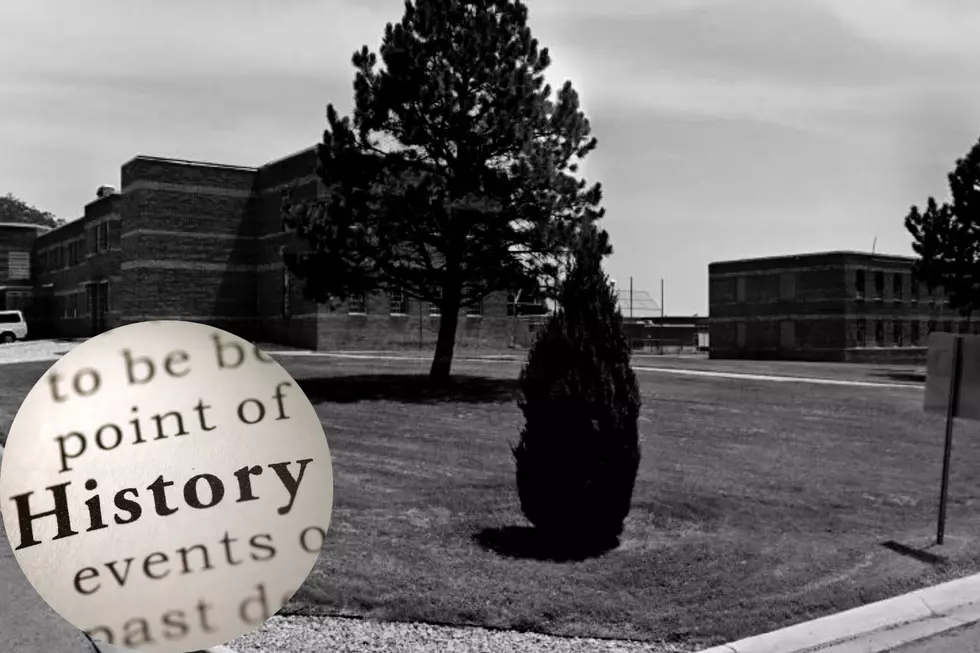
Did You Know Colorado Used to Have Its Own Redwood Forest?
California may be famous for its giant redwoods, but did you know that Colorado once had a forest filled with these enormous trees too?
Colorado's redwood forest existed approximately 34 million years ago in a region of the southern Rocky Mountains. The prehistoric trees stood around 230 feet tall at 8,500 feet elevation.
An eruption of the Guffey Volcano, followed by heavy rains, caused the surrounding landscape to drastically change. Ash blanketed the Florissant Valley and the rains sent a mixture of volcanic debris and mud flowing for miles. As a result, the redwoods were buried by volcanic mudflow and the suffocation of their root systems caused the trees to be wiped out entirely in Colorado. As the redwoods died, their tops decayed away.
Now all that remains of the Centennial State's redwood trees are roughly 30 petrified stumps. Measuring ten to twelve feet wide, standing ten feet tall and weighing 100,000 pounds, these remnants are some of the biggest petrified stumps in the world. According to the National Park Service, Florissant is also the only place that has a petrified wood trio, where three interconnected trunks are growing as one plant.
During the 1800s, dynamite was used to better expose the tree bottoms. The petrified forest became a major tourist attraction, drawing many travelers to the town of Florissant for years to come.
In 1893, attempts were made to cut into "The Big Stump" so that pieces of it could be sent to the World's Fair in Chicago. The group effort was unsuccessful and their broken saw blades remain stuck in the gigantic stump to this day.
In current times, people can get an up-close look at the petrified redwood stumps by visiting Florissant Fossil Beds National Monument. The site gives a glimpse at how Colorado's geology has changed throughout the years.
Other important environmental clues from the late Eocene can be found in this valley too, including fossilized mammals and evidence of other types of vegetation. Paleontologists have been studying the preserved area since the 1870s and have found many fossilized redwood needles during their digs. Scientists continue to conduct research on the remaining petrified stumps as well.

